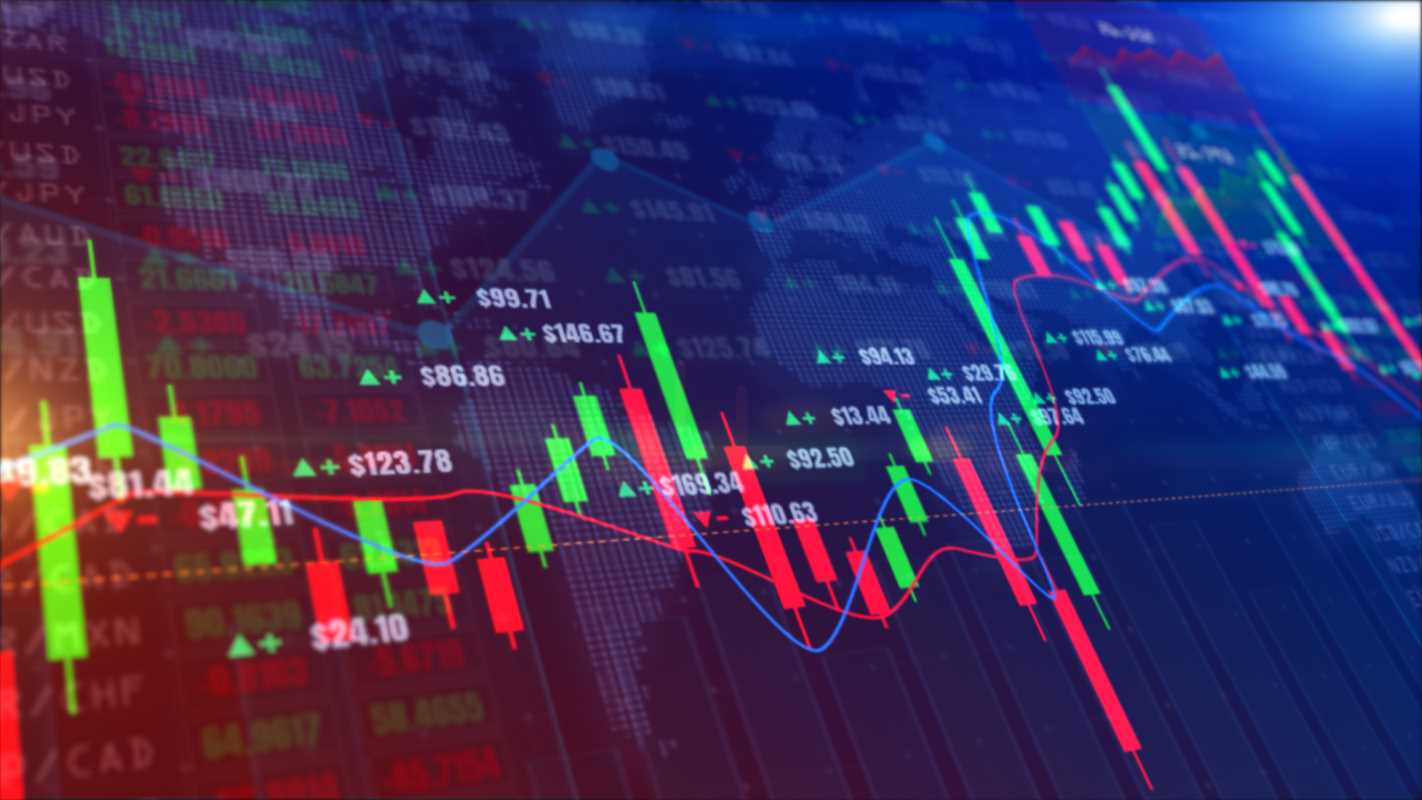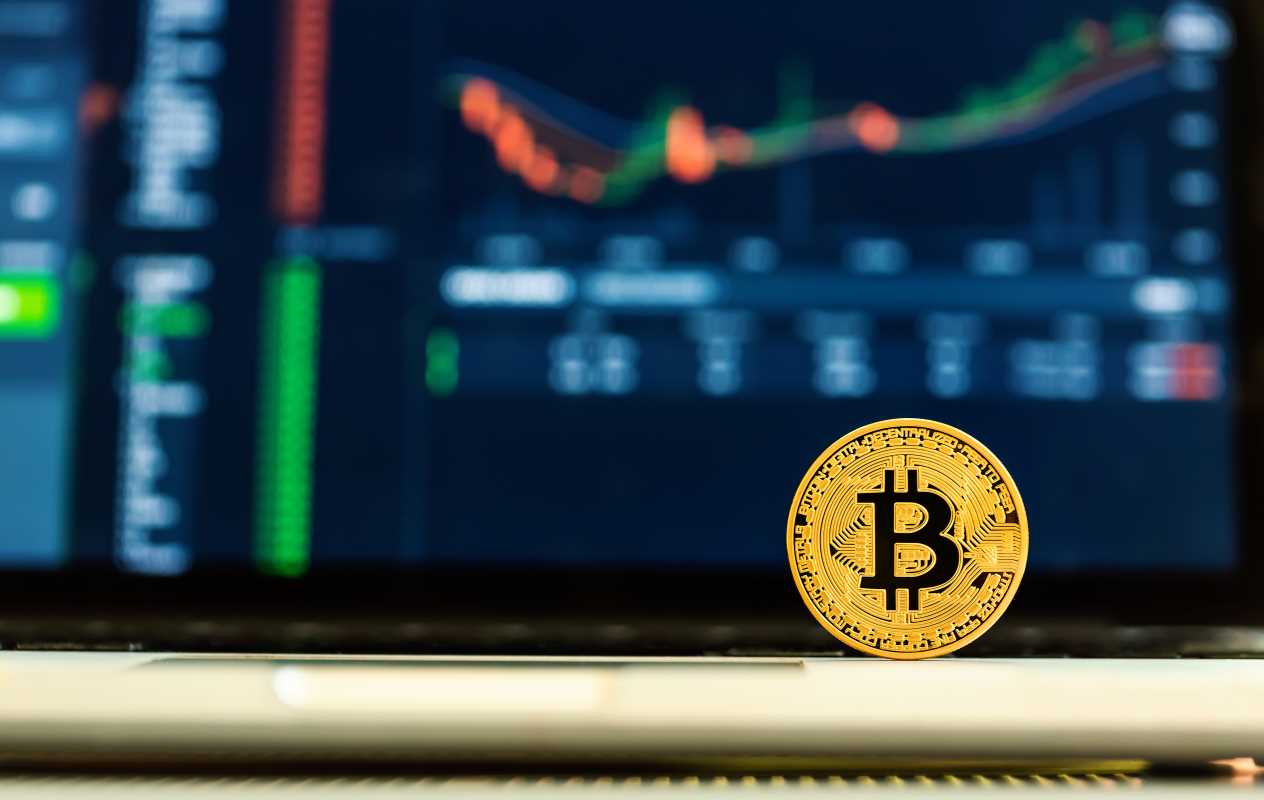The stock market is a double-edged sword. It’s a powerful tool for building wealth and a volatile space that has caused financial turmoil throughout history. Stock market crashes are sharp, sudden declines in stock prices that can wipe out fortunes and send shockwaves through the global economy. Although these crashes are frightening, they are also learning opportunities. Understanding their causes and impacts allows us to invest wisely and avoid repeating past mistakes. We'll explore some of the most significant stock market crashes from history, explain what triggered them, outline their aftermaths, and highlight the lessons investors can take away to better prepare for the future.
What Is a Stock Market Crash?
A stock market crash happens when stock prices fall sharply over a short period, often driven by panic selling and widespread fear. Crashes are usually tied to economic instability, over-speculation, or major global events. For example, rapid economic growth followed by a bubble often precedes a crash. When the bubble bursts, prices drop quickly, affecting not just investors but the economy at large. Stock market crashes can cause banks to fail, businesses to shutter, and job losses to soar. Analyzing causes like over-leveraging, poor risk management, and systemic issues allows us to learn valuable lessons and reduce future risks.
The Great Depression (1929)
The Wall Street Crash of October 1929 is one of the most infamous market events in history. During the Roaring Twenties, Americans were enthusiastic about investing. Many people borrowed money (using "margin" loans) to buy stocks, which sent prices soaring and created a bubble.
By the autumn of 1929, the economy began showing cracks. Overproduction in industries like farming led to falling prices, and many Americans couldn’t afford the flood of new goods on the market. On October 24, 1929 (Black Thursday), panic selling began. This was followed by even steeper losses on Black Monday (October 28) and Black Tuesday (October 29). Stock prices collapsed as over-leveraged investors scrambled to sell. Banks failed, savings were wiped out, and unemployment skyrocketed. The market ultimately lost about 90% of its value by 1932.
Lesson Learned: Avoid risky practices like investing on margin or putting too much money into speculative stocks. Diversifying your portfolio and staying cautious during booming markets can protect your investments.
Black Monday (1987)
On October 19, 1987, the Dow Jones Industrial Average suffered its largest single-day percentage drop in history, crashing by 22.6%. This event, known as Black Monday, was notable because it wasn’t caused by a poor economy or a financial crisis. Instead, it was fueled by systemic issues like new computerized trading strategies and a general sense that stocks were overvalued.
Computer-driven "portfolio insurance" programs sold large volumes of stocks automatically, worsening the panic. Once prices began to fall, the trading algorithms triggered a chain reaction of sales. Fears of rising interest rates and trade imbalances also worsened the decline. While the crash had limited long-term effects on the global economy, it exposed financial market problems.
Lesson Learned: Overreliance on technology without safeguards can magnify risks. Understanding systemic risks and having a diversified investment strategy (like including bonds and other non-equity assets) is essential.
The Dot-Com Bubble (2000)
The rise of the internet in the 1990s led to a surge of investments in technology and internet-related stocks, creating what is now called the dot-com bubble. Many investors poured money into start-ups with little or no profits, hoping they would become the next big thing. Valuations climbed to unsustainable levels, fueled by hype rather than solid business fundamentals.
By March 2000, reality hit. Many tech companies couldn’t deliver on lofty promises, and stock prices began to fall. Over the next two years, the Nasdaq Composite Index, home to many tech stocks, lost nearly 80% of its value. Dozens of companies declared bankruptcy. While tech firms would eventually recover, the bubble’s burst hurt the broader market and led to widespread financial losses.
Lesson Learned: Always examine the fundamentals of a company before investing. Avoid chasing market trends and remember that overvalued stocks carry high risks. Look for proven performance and sustainable business models.
The Global Financial Crisis (2008)
The 2008 financial crisis was triggered by excessive risk-taking in the housing and financial markets. Banks issued subprime mortgages or loans to people with poor credit while bundling those mortgages into complex financial products. When home prices began falling and borrowers defaulted on their loans, the financial system unraveled.
The crisis escalated when Lehman Brothers, a major investment bank, declared bankruptcy. This spread panic across global markets, causing major stock declines. The Dow Jones fell by 37% that year, and unemployment surged as businesses struggled. Governments worldwide stepped in with stimulus packages and bailouts to stabilize the economy, but recovery was slow.
Lesson Learned: Watch for signs of unsustainable trends, such as high levels of borrowing or risky practices in major industries. Plan to ride out market downturns instead of panic-selling. Diversified, long-term portfolios tend to withstand crashes better.
The COVID-19 Crash (2020)
The COVID-19 pandemic caused one of the fastest stock market declines in history. From February to March 2020, global markets lost trillions of dollars in value as governments shut down economies to manage the outbreak. Panic selling drove prices down, especially in industries like travel, retail, and hospitality. Sectors like technology and healthcare weathered the downturn much better.
Remarkably, the market recovered quickly due to massive government stimulus packages and central banks lowering interest rates. The crisis also highlighted the resilience of digital-first businesses as technology stocks soared during the pandemic recovery.
Lesson Learned: Markets can be unpredictable, but often recover faster than expected. Having exposure to different sectors and maintaining a long-term perspective can help you weather short-term volatility.
Key Lessons from Crashes
History shows that stock market crashes are inevitable, but they also offer guidance for more resilient investing. Here are the key takeaways:
- Diversify Your Investments: Spread your money across various sectors, asset classes, and regions. This reduces the risk of losing everything during a crash.
- Understand What You’re Investing In: Always research a company’s fundamentals before investing. Avoid companies with weak balance sheets or unsustainable growth prospects.
- Monitor Macroeconomic Trends: Be aware of factors like interest rates, government policies, and global events that could impact the market.
- Stay Calm and Think Long-Term: Market volatility is normal. Avoid panic-selling during downturns, as the market has rebounded after every major crash.
- Avoid Speculation: Don’t get swept up in market fads or speculative bubbles. Make informed decisions based on logic rather than hype.
- Prepare for Uncertainty: Keep some cash or conservative investments, like bonds, to protect against downturns and take advantage of buying opportunities.
No one can predict the next crash, but understanding past events and learning from them can make you a better investor. Build a diversified portfolio, focus on long-term goals, and make rational decisions, even during periods of uncertainty. By doing so, you’ll be better equipped to navigate the ups and downs of the financial markets.
 (Image via
(Image via





